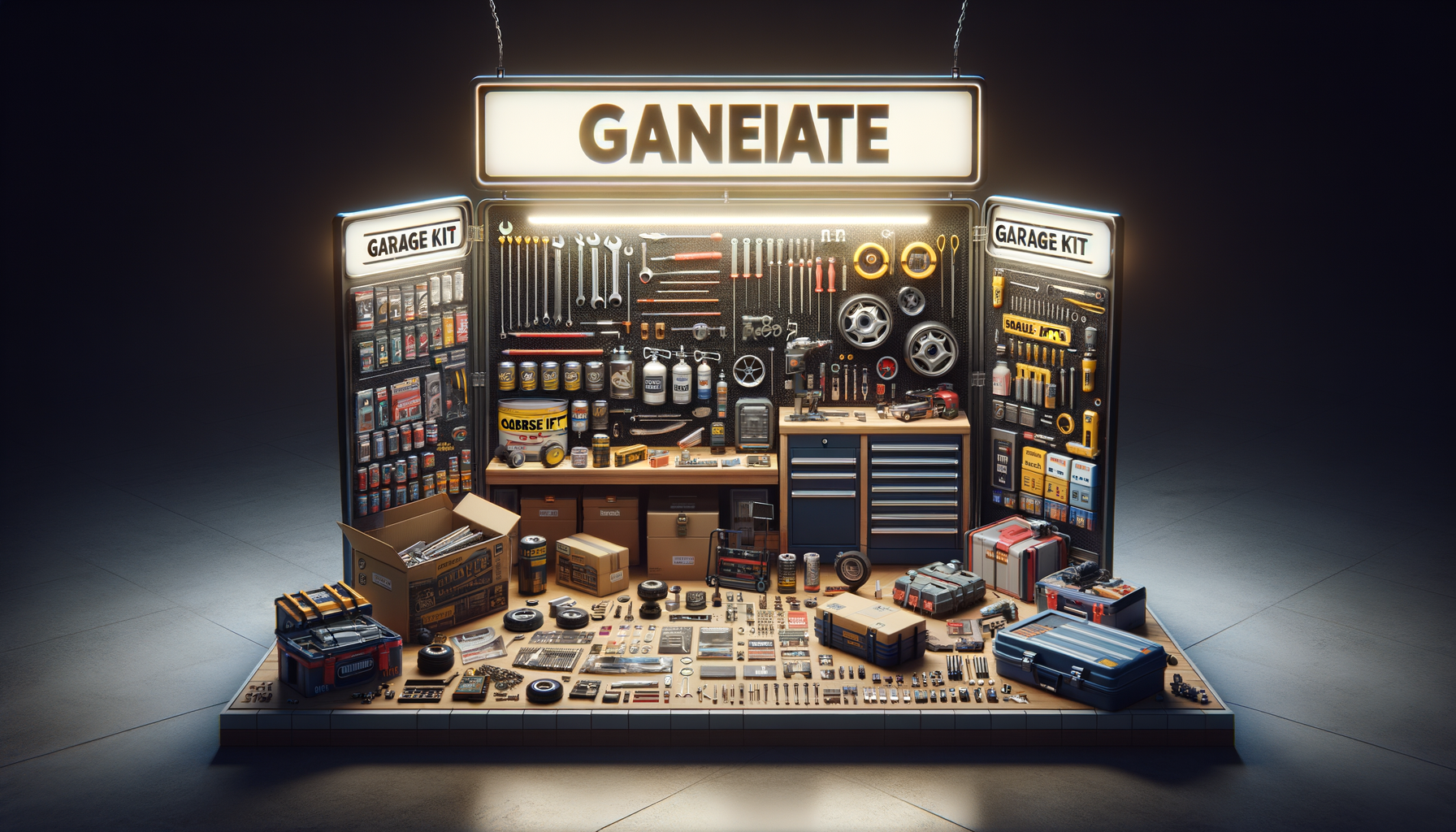
What to Know Before Choosing a Garage Kit
Understanding Garage Kits: An Overview
Garage kits have become a popular choice for homeowners looking to expand their storage space or create a dedicated area for hobbies and projects. These kits offer a range of benefits, from cost-effectiveness to ease of assembly. However, with various options available, it’s essential to understand what each type offers to make an informed decision.
Garage kits typically come in three primary materials: wood, metal, and steel. Each material has its unique advantages. Wood kits are often chosen for their aesthetic appeal and insulation properties. Metal kits, on the other hand, are known for their durability and resistance to pests and rot. Steel kits offer exceptional strength, making them ideal for areas with harsh weather conditions.
When selecting a garage kit, it’s crucial to consider your specific needs. Are you looking for a simple storage solution, or do you need a space that can double as a workshop? Your intended use will influence the size, layout, and material of the garage kit you choose.
Materials and Durability: Choosing the Right Fit
The choice of material is pivotal in determining the longevity and functionality of your garage kit. Wood, metal, and steel each offer distinct benefits and potential drawbacks.
Wood garage kits are favored for their classic appearance and ability to blend seamlessly with residential properties. They provide good insulation, which is beneficial if you plan to use the garage as a workspace. However, wood requires regular maintenance to prevent issues like rot and termite damage.
Metal kits, typically made from aluminum or galvanized steel, are lightweight yet sturdy. They are resistant to fire, pests, and weather damage, making them a practical choice for many homeowners. These kits are also relatively easy to assemble, often requiring fewer tools and less time compared to wood structures.
Steel garage kits stand out for their strength and durability. They can withstand extreme weather conditions, including heavy snow and high winds, making them suitable for regions prone to such climates. While steel kits may be more expensive upfront, their longevity and low maintenance needs can offer cost savings in the long run.
Design and Layout: Maximizing Space and Functionality
When planning your garage kit, design and layout are critical factors to consider. The layout should align with your intended use, whether for storage, a workshop, or even a home office.
Consider the following when planning your garage layout:
- Storage Needs: Determine the amount of storage space required for tools, vehicles, or hobby equipment. This will influence the size and configuration of your garage.
- Access Points: Plan for convenient access with doors and windows. A well-placed door can make it easier to move items in and out, while windows can provide natural light and ventilation.
- Work Areas: If you plan to use the garage as a workshop, allocate space for workbenches and equipment. Ensure there is adequate lighting and electrical outlets to support your activities.
By carefully considering these elements, you can create a functional and efficient space that meets your needs.
Assembly and Installation: What to Expect
One of the appealing aspects of garage kits is the ease of assembly, often designed for DIY enthusiasts. However, the complexity can vary based on the kit’s size and material.
Before starting the assembly process, ensure you have the necessary tools and a clear understanding of the instructions. Many kits come with detailed manuals and sometimes even online tutorials to guide you through the process.
Consider the following steps during assembly:
- Foundation: A solid foundation is crucial for the stability of your garage. Depending on the kit, you may need a concrete slab or a gravel base.
- Framing: Assemble the frame according to the instructions, ensuring all parts fit securely. This step is crucial for the overall integrity of the structure.
- Roofing and Siding: Install the roof and siding, paying attention to weatherproofing measures to protect against leaks and moisture.
While many homeowners can complete the assembly themselves, seeking professional assistance is advisable if you encounter challenges or if the kit is particularly large or complex.
Maintenance and Longevity: Keeping Your Garage in Top Shape
Maintaining your garage kit is essential to ensure its longevity and functionality. The maintenance requirements will vary based on the material and the environmental conditions in your area.
For wood garages, regular inspections for signs of rot, pests, and weather damage are necessary. Applying sealants and stains can help protect the wood from moisture and UV damage.
Metal and steel garages require less maintenance but should still be checked periodically for rust and structural integrity. Cleaning the exterior with a hose or pressure washer can help maintain its appearance and prevent dirt buildup.
Here are some general maintenance tips:
- Inspect the roof regularly for leaks or damage, especially after severe weather.
- Ensure doors and windows are functioning correctly and seal properly to prevent drafts.
- Keep the interior organized to maximize space and prevent clutter.
By following these maintenance practices, you can extend the life of your garage kit and keep it in excellent condition for years to come.


